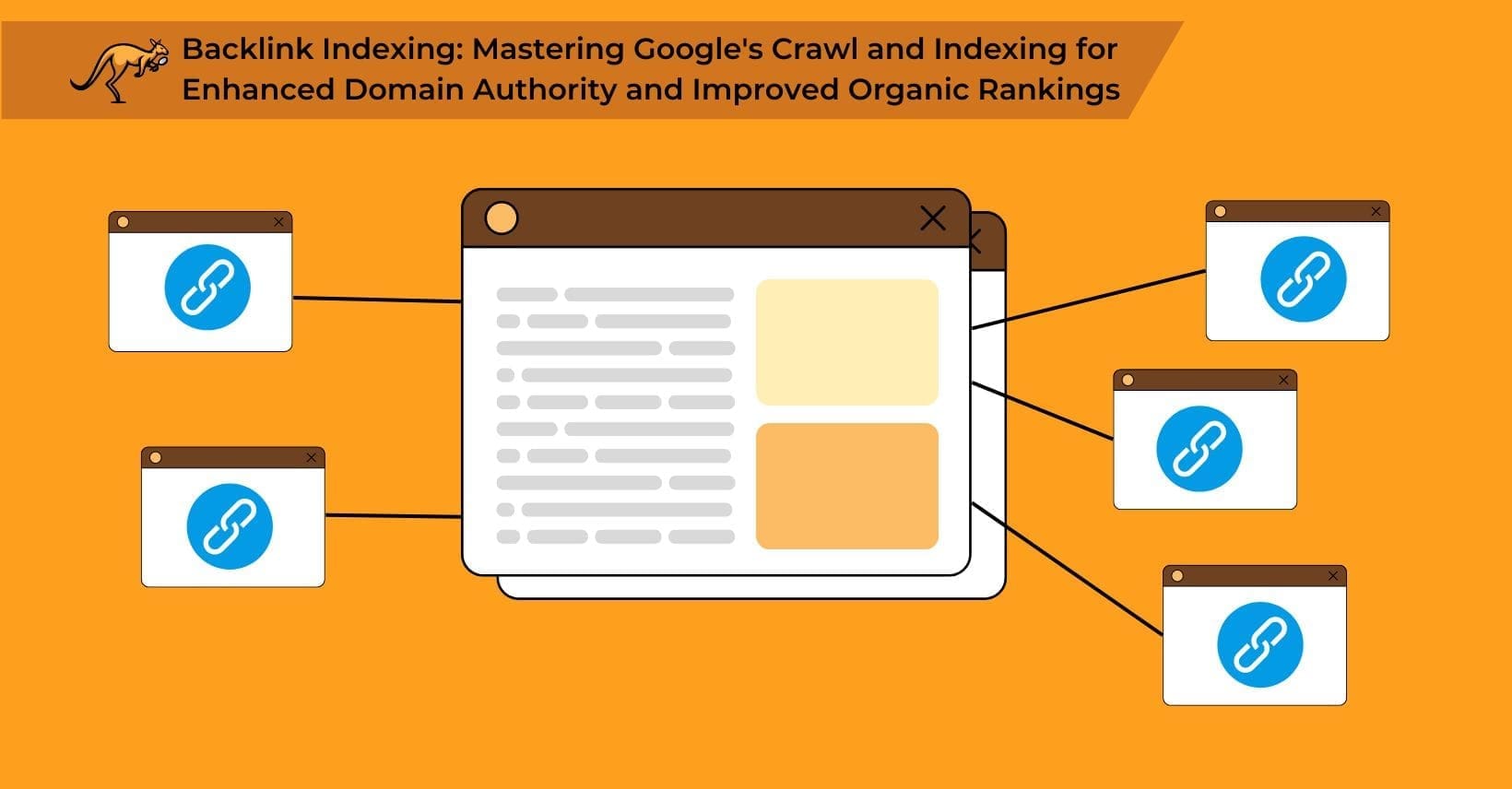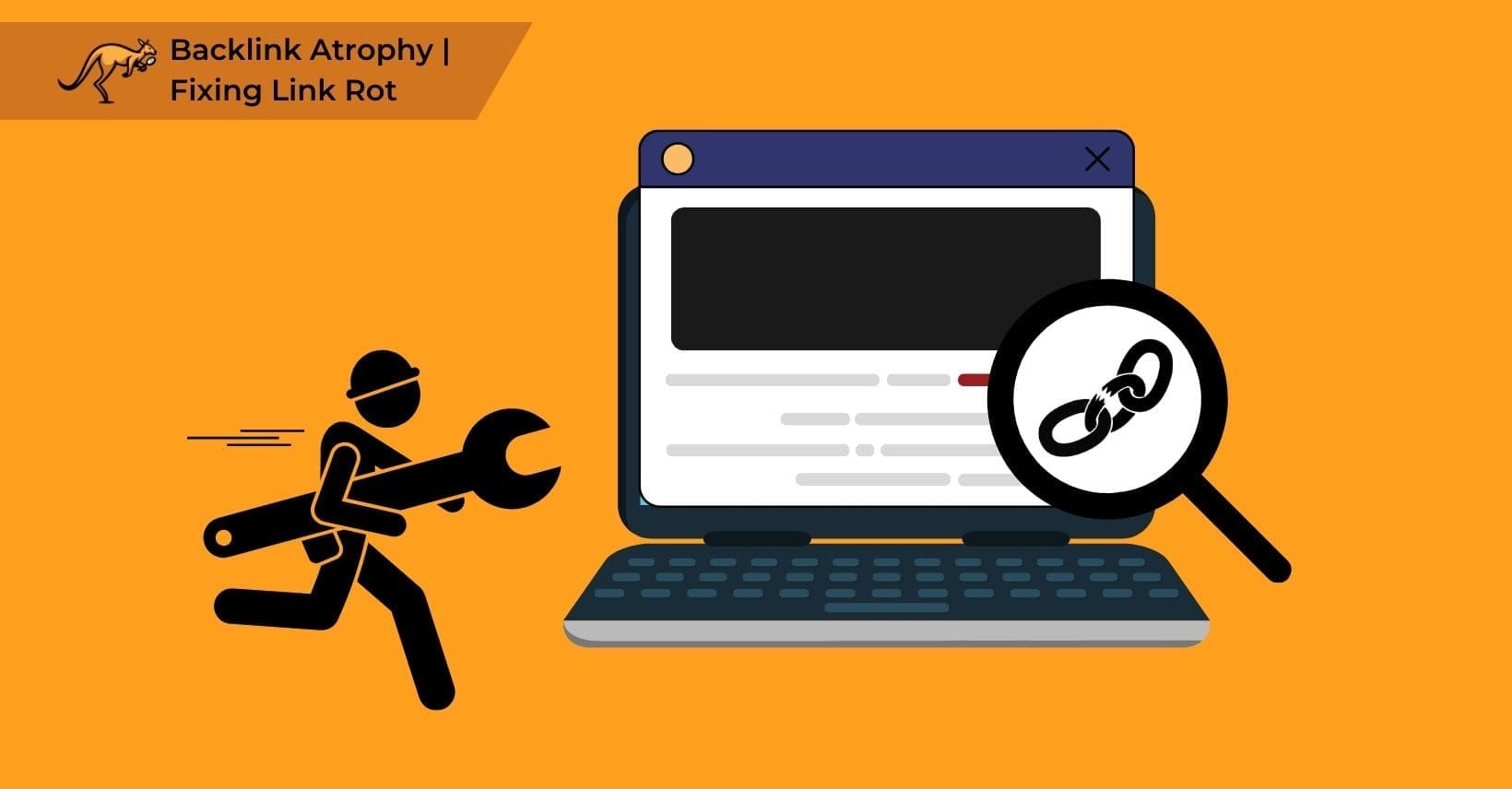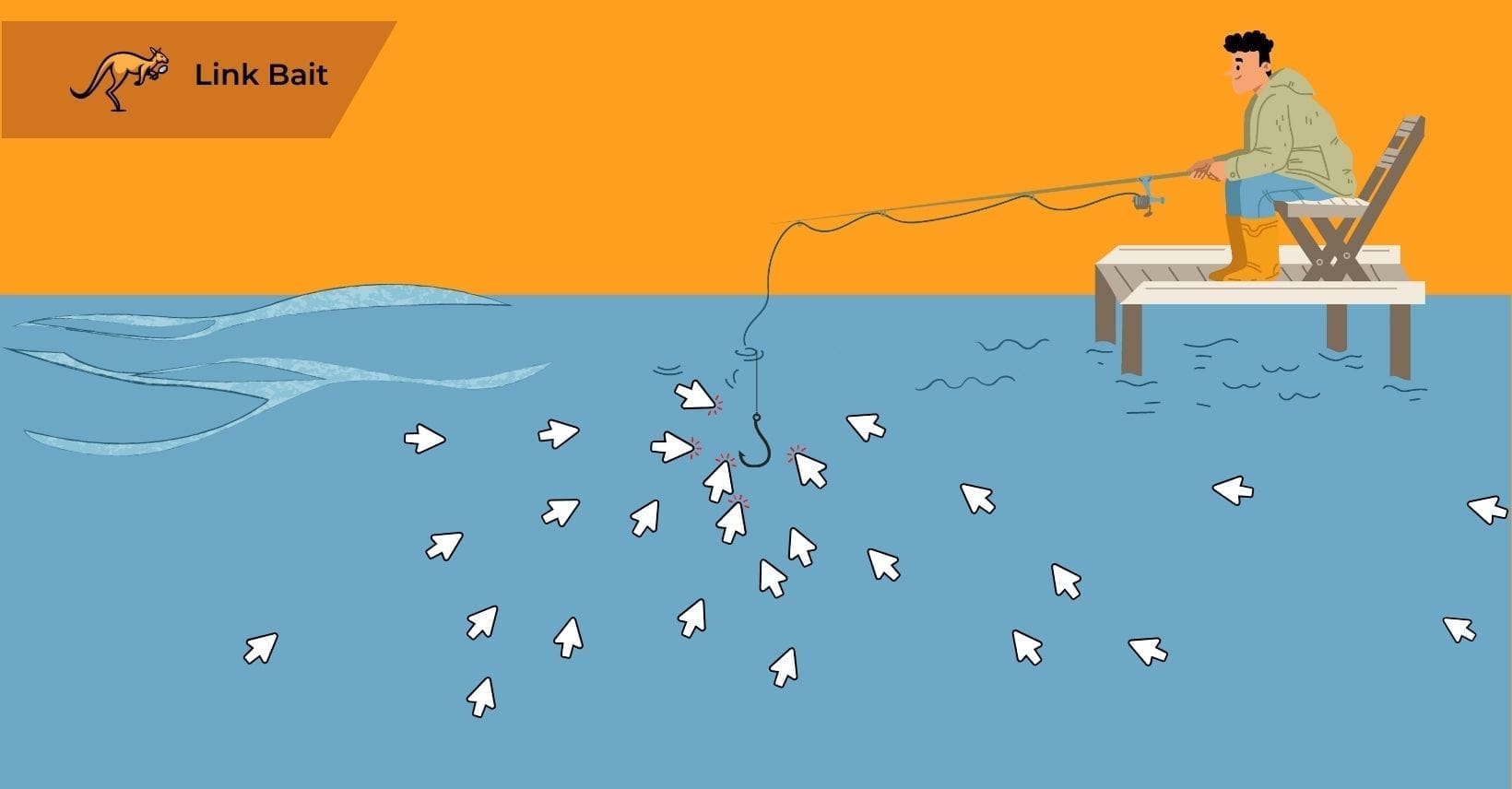Backlinks play a essential role in boosting your SEO ranking.
When your website features high-quality backlinks, search engines like Google are more likely to rank higher, enhancing your visibility for related searches.
While many are familiar with the need for quality backlinks, the backlink indexing process might still be new to you.
This lesser-discussed aspect is essential for optimizing the impact of your backlinks, which directly affect your site’s traffic from search engines.
Various tools and websites provide detailed backlink analysis, allowing for precise assessment and improvement of your link profile.
In the upcoming discussion, we’ll explore how backlink indexing works and why it’s vital for capitalizing on your SEO efforts.
What Is Backlink Indexing?
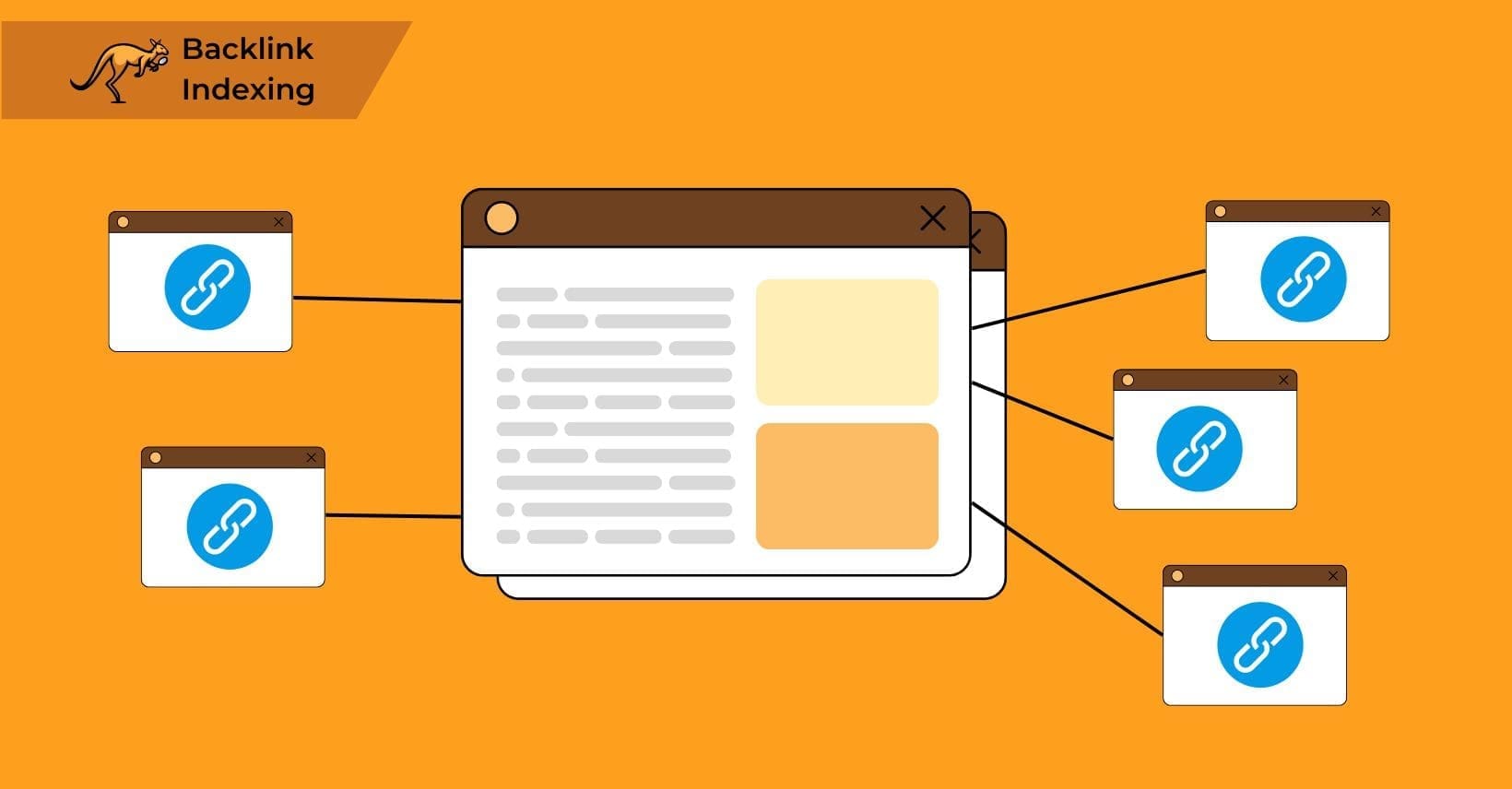
Backlink indexing is the process where search engines like Google discover, analyze, and store backlinks in their database, which allows these backlinks to be counted toward your website’s authority and considered in search rankings.
Search engine spiders scour the Internet for new web pages and backlinks, following links from page to page, then incorporating these discovered backlinks into Google’s extensive Index where they can influence search rankings.
This indexing enables the backlinks and associated websites to appear in search results when relevant topics are queried.
The spiders search for new pages and assess existing site backlinks during their crawl.
Google uses this indexed data to prioritize websites in search results based on the quality and relevance of their backlinks.
Hence, mastering the indexing of your backlinks is essential for enhancing visibility and reaching your intended audience.
Understanding this process helps establish connections with authoritative sites, boosting traffic and expanding your online presence.
With these connections in mind, the significance of indexing extends beyond mere visibility, shaping how and why information is retrieved and utilized in the broader context of web searching.
What is Indexing, and Why Is It Necessary?
Indexing is how search engines such as Google gather, analyze, and store data from web pages to populate their databases. This process allows web pages to become part of the search engine’s collection of searchable content, ensuring they are available to appear in search results for relevant user queries.
There are multiple reasons why indexing is critical:
- Visibility: It ensures web pages are visible to search engines, which can surface them in search results relevant to user queries.
- Accessibility: It helps search engines organize and categorize web content, aiding users in locating desired information more efficiently.
- Relevance: Through indexing, search engines assess the content of web pages to determine their relevance to certain queries, aiding in delivering precise and valuable search results to users.
- Freshness: The process keeps search engine databases current by regularly revisiting and updating web page indexes to reflect new and revised content.
Indexing is thus essential for search engines to deliver pertinent and timely results to users. Its role cannot be overstated, as it enables search engines to function effectively as tools for information retrieval. Considering the speed at which this process occurs, one might wonder how long it takes for Google to crawl and index backlinks, which is a fundamental step in how quickly content can influence search results.
How Long Does it Take Google to Crawl and Index Backlinks?
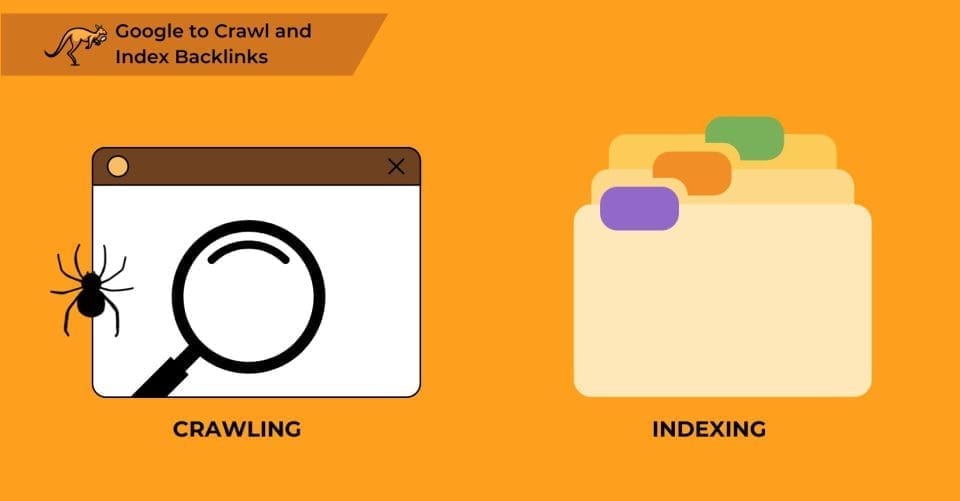
Google indexes new backlinks within 10 weeks on average, though this timeframe varies significantly based on domain age, website authority, and content quality, with some high-authority sites seeing indexing in just days while others may take months. The rate at which Google indexes and ranks backlinks depends on several key factors.
For instance, the age of the domain linking to your site typically accelerates the indexing process.
Additionally, the websites’ quality plays a crucial role; high-quality, high-authority websites tend to have their links indexed more swiftly than those with lower authority.
Understanding these influences is crucial for optimizing your SEO strategies. Now, let’s consider other factors that impact the speed and efficiency of backlink indexing.
What are the factors that affect backlink indexing?
Content Quality:
High-quality content attracts more attention from search engine crawlers, increasing the likelihood of backlinks within that content being indexed.
Backlink Quality:
Backlinks from authoritative and relevant sources are more likely to be indexed promptly by search engines.
Website Age and Authority:
Established websites with a strong authority profile are crawled and indexed more frequently, which positively impacts the indexing of backlinks originating from them.
Domain Reputation:
Search engines prioritize indexing backlinks from domains with a positive reputation and a history of trustworthy content.
Website Loading Speed:
Websites that load quickly are more likely to be crawled efficiently, leading to faster indexing of backlinks contained within them.
Quality content draws search engine crawlers, enhancing backlink indexing chances. Authoritative and relevant backlink sources are indexed faster.
Older, authoritative websites see more frequent crawling, aiding their backlink indexing. Domains with a solid reputation and trusted content get priority in backlink indexing.
Additionally, fast-loading websites encourage efficient crawling, speeding up backlink indexing.
These factors play a crucial role in the efficiency of backlink indexing, which naturally leads to whether investing in a backlink indexing service could further optimize this process.
Is it worth hiring a backlink indexing service?
Choosing a backlink indexing service depends on several key factors, including your objectives, available resources, and the quality of potential providers.
- Time and Resources: Manually indexing many backlinks can consume considerable time. If your resources are stretched, employing a service can help streamline this process efficiently.
- Effectiveness: Evaluate the potential of a backlink indexing service by reviewing its past successes and methodologies to ensure it can effectively hasten search engines’ indexing of your backlinks.
- Quality and Reputation: Choose services with a strong reputation and proven track record. Avoid those with questionable practices that might damage your site’s credibility and search rankings.
- Cost vs. Benefits: Analyze the costs involved against the expected benefits, such as enhanced search visibility and increased web traffic, to determine if the investment justifies the returns.
- Alternative Methods: Before opting for a service, consider other strategies, such as optimizing your site’s performance or updating content to improve backlink indexing naturally.
As you weigh these considerations, it might also be valuable to look at specific examples of services that have successfully met the needs of similar businesses, such as Searcharoo.
Why should you choose Searcharoo for your Backlink Indexing needs?
Selecting Searcharoo for your backlink indexing needs ensures efficient, accurate, and comprehensive service.
They offer customized strategies, transparent reporting, and dedicated customer support. They guarantee that your backlinks are promptly crawled and indexed to boost your online visibility and increase organic traffic.
With its reliable reputation, Searcharoo consistently achieves SEO goals, enhancing your digital presence.
As your links become more visible, the advantages of indexing them can be more fully realized, hinting at further benefits to explore next.
The Benefits of Having Your Backlinks Indexed
We have covered the basics of how backlinks are indexed, but why should you try to get your backlinks indexed quickly?
Let’s take a look at the various benefits that you can earn when your backlinks get indexed.
We have covered the basics of indexing backlinks, but why should you try to get your backlinks indexed quickly?
Look at the benefits you can earn when your backlinks are indexed.
Increasing Your Domain Authority
The number and quality of incoming links are used to rank the authority and relevancy of a page to its topic.
Websites with good-quality indexed backlinks have an advantage because the Google backlink indexer detects and ranks their material, allowing easy access to the rankings.
Backlink indexing forms the foundation of domain authority because search engines can only attribute authority value from indexed backlinks, meaning unindexed backlinks provide no authority benefit regardless of their quality, while properly indexed backlinks contribute directly to domain authority scores.
As a result, it is critical to ensure that all backlinks on your site are indexed and that your hard work is noticed so that your page authority can increase and position you at the top of the SERPs.
Use backlink-checking tools to ensure that your domain and page authority rise due to your indexed backlinks.
Improving Your Organic Search Results Ranking
Backlink indexing directly improves organic search rankings by ensuring Google recognizes and counts all your quality backlinks toward your domain authority, which serves as a primary ranking factor that elevates your website’s position in search results for relevant queries.
This means more people will notice and visit your site, giving it an advantage over your competitors.
This will enable more people with relevant search queries to find your site, allowing you to develop traffic organically.
Properly indexed backlinks help ensure your site is counted among high authority sites and appears at the top of most search engine results pages. Moving forward, let’s consider effective strategies to accelerate the indexing process.
How to Ensure Your Backlinks Get Indexed Faster
As we have said above, ensuring your backlinks get indexed as quickly as possible should be a priority for any search engine optimization professional.
But how do you ensure your backlinks are crawled and indexed by Google indexing tools as quickly as possible?
Well authoritative websites use a few indexing methods to boost the speed of the indexing service on their sites.
Google Search Console Indexing Service
Google Search Console accelerates backlink indexing through its URL Inspection tool, where website owners can submit the specific page containing their backlink, click “Request Indexing,” and prompt Google to recrawl the page immediately, significantly reducing the typical indexing timeframe.
This URL inspection tool for backlink URLs is one of the most valuable parts of Google Analytics for most web admins, thanks to its ability to help you index backlinks faster.
If you own the website containing the backlink or can work directly with the site owner who posted the link, submitting the URL containing the backlink to the GSC URL inspection tool is the quickest approach to Indexing the link.
Launch Google Search Console for the appropriate website property. Find the URL inspection field, and then enter the URL of the web page that contains your backlink URLs.
To submit the URL for examination, press the “enter” key on your keyboard. To force Google to crawl the website again, click the “Request Indexing” button.
This will make the web page recrawl, finding your new links.
IndexNow Indexing Services
IndexNow is one of the most useful third-party link indexing services for anyone wanting to index their links more quickly.
This free pinging tool tells search engines about the most recent changes to a website’s content.
When a web page is created, deleted, or modified on a site, IndexNow immediately notifies the search engines so that the change to backlink URLs may be reflected in their search results as soon as possible.
This means IndexNow can immediately notify search engines that a new backlink has been added to a web page and that Google bots should crawl it to determine its value and transfer PageRank to the target site.
IndexNow is used by millions of websites, and you can connect this ping protocol with your site utilizing a variety of services for third-party indexing tools such as CloudFlare, IndexNow Plugin, RankMath Plugin, and All In One SEO Plugin.
Leveraging Social Media Sites
Social media platforms expedite backlink indexing by providing high-traffic channels that search engines frequently crawl, with Twitter being particularly effective since Google indexes tweets in real-time, allowing your shared backlink URLs to be discovered and indexed more rapidly than through organic crawling alone.
Google and Twitter collaborated in 2015 to index tweets in real-time, and Google now incorporates Twitter Carousels in Search.
If you want to get your backlinks indexed quickly on Google, you should tweet out the web page URL so that the search engine can crawl it.
Keep in mind, though, that Google does not index every tweet. Because millions of tweets are posted daily, you must do a few more things to increase the likelihood of your tweet containing the link being indexed.
The more you increase likes, replies, and retweets, the more likely Google is to index backlinks quickly.
Google crawls and indexes posts on social networking platforms such as LinkedIn, Pinterest, Quora, and Reddit.
To speed up the backlink indexing process, you should additionally post the backlink URL to other social media platforms where backlinks are indexed.
Submitting a Video Sitemap to Google
A video sitemap is an XML sitemap containing information about the videos hosted on your website.
You may also use this sitemap to include URLs for your backlinks, and then you can submit the sitemap to Google Search Console for quick indexing.
Embed a YouTube or Vimeo video on your web pages, then visit a service like XML-Sitemaps. This service automatically recognizes videos embedded on your websites and generates a new sitemap with all the associated information.
Sitemaps are generally useful for search engine optimization, so it is worth having one, even if you have already finished the indexing process.
Once you set up the video sitemap, you need to take a few additional steps to get Google’s link indexing service to notice and index your backlinks.
Open and edit the XML site using a text editor such as Notepad.
The backlink URL should be pasted to replace the default URL within the <loc></loc> tag. After that, save the XML file. Upload the edited XML file to your web server.
Add the new XML sitemap URL to Google Search Console. The URL can be found under the Index> Sitemaps option on the left-hand sidebar.
Google will now crawl through the video sitemap you just directed it to and discover all the pages and URLs included in that XML file. This is a fast way of getting backlinks indexed.
Posting Backlinks on Your Website
Another easy way any website owner can speed up backlink indexing through Google is to post the link URLs on their websites and trick Google’s Index bots into indexing backlinks fast, entirely within sites they control.
Just set up a contextual link to the web page with your backlink on one of your sites.
Then, as described in our first method above, submit your URL to Google Search Console for quick indexing.
Google will index backlinks quickly, so you do not have to worry about contacting another webmaster and asking them to do the same on their site.
This method gives you control over the entire indexing process on your own.
You can subsequently delete the hyperlink from your website after indexing the backlink.
The goal of this method is to force Google to go back and crawl the web page that has your backlink again, and after that is done, the algorithm will be aware of it, and your link will no longer be required.
As a result, it may be safely deleted now it has done its job.
Try a Third Party Link Indexing Service
If you need help with the methods above for indexing backlinks in Google, you can try a link indexing service like Rapid URL Indexer that promises to work.
There are many different indexing services available that can help you to get backlinks indexed faster.
One Hour Indexing is a popular website offering this type of service, which promises to get your backlinks indexed fast. However, there are many more indexing services to choose from.
Search for “best link indexing service” or similar on Google to find decent options and compare pricing and guarantees.
Build Tier Two Links
Tier two links are secondary backlinks that point to pages containing your primary backlinks, creating a network effect that increases crawl frequency and accelerates the indexing process by directing search engine crawlers to your primary backlinks through multiple pathways.
For example, imagine you create content for a page and promote it on social media platforms like Twitter or Facebook.
In such a situation, the social media links will be considered tier-two links that return to your core backlink URLs.
Information contributed by guests or placed on guest websites also serves as tier-two links and can be used to aid in indexing and traffic growth.
These tactics optimize your site’s visibility and set the stage for the next step: determining whether Google has indexed your links.
How to Tell if Your Links are Indexed by Google
You can verify if Google has indexed your backlinks by entering the “site:” operator followed by the backlink URL into Google’s search field; if the URL appears in search results, Google has successfully indexed your backlink.
To view the results, enter the “site:” operator and the backlink URL you are trying to analyze into the search field.
Then click the search button and check the results to see if your backlink URL is indexed and appears in search results.
After you confirm that Google has indexed the URL, check the cached date to ensure the crawler scans the web page after identifying your backlink.
Three dots will appear next to the URL listing in Google. Clicking on those dots will open the “About this Result” window.
To access the cached version of the web page, click the “Cached” button at the bottom of the box.
You will see a dialog box at the top of the page with information about the date and time when the URL was most recently cached in the Google index. For more insights on optimizing your online presence and reaching potential customers, check it out on small business leads to discover valuable strategies tailored for your business’s success.
Key Takeaways on Optimizing Backlink Indexing
Backlink indexing is vital for search engine recognition and accessibility, allowing websites to appear in search results. Factors like content and backlink quality, website authority, and loading speed influence indexing.
While hiring a backlink indexing service can be beneficial, assessing its effectiveness and reputation is crucial.
Searcharoo offers efficient and customized solutions for backlink indexing needs. Ensuring indexing backlinks quickly yields benefits like increased domain authority and improved search rankings.
Various methods, including Google Search Console, social media, and third-party services, expedite indexing. Prompt indexing contributes to SEO success and online visibility. Stay informed and monitor the indexing status for optimal website performance.
Frequently Asked Questions
What do Crawling and Indexing mean?
Crawling and indexing represent two distinct phases in search engine operations: crawling involves search engines discovering and scanning web pages containing your backlinks, while indexing is the subsequent process where these discovered backlinks are stored, analyzed, and organized in the search engine’s database for future retrieval.
Crawlers are used by search engines to scan web pages and determine their content. Indexing is the process by which search engines save, analyze, and organize web pages into usable information.
There are several different indexing methods, but you can use search analytics to determine if your web pages have been indexed by your search engine of choice.
When the Google site crawler finds and adds your web pages to Google’s database, this is referred to as Google indexing.
The database is referred to as the Google search index. In its search index, Google stores and organizes all of your online web pages.
When a user searches on Google, the saved pages in the search index are used to offer the user material relevant to their initial search.
If it is not in the index, Google can’t generate links to it in the results pages for a search query.
What Is a Backlink Indexer?
A backlink indexer is a product or service designed to help in the indexing of new backlinks by search engines. They take all the links you upload to them and inform Google of their existence.
You can make use of a backlink indexer when you build links to speed up the process instead of just waiting weeks for search engines like Google to locate your backlinks on their own.
This can help guarantee that Google detects your backlinks and that each link you generate provides the most ranking value.
All you need to do is submit URLs to the tools, and they will ensure that they are added to the Google search index as quickly as possible.
